Lateral Instability
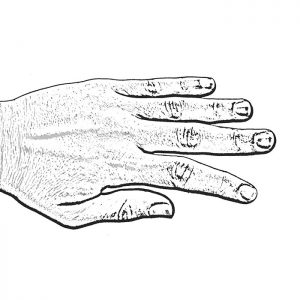
Sideways deviation of a finger may result in a painful joint, disrupted normal movement, and an unstable finger, which crosses under an adjacent one. It is accentuated when force is applied during pinching or lifting. This deformity can be the result of injury, or lax ligaments due to joint replacement or disease.
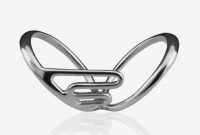
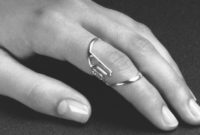
Lateral Instability With Full Range of Motion
Use the SilverRing™ Lateral Support Splint to correct lateral deviation and block hyperextension of a joint, while allowing full flexion. The lateral support, which is the fulcrum point of the splint, is always placed on the side opposite the direction the finger is deviating. For example, if there is ulnar deviation of the finger, you should order a splint with support on the radial side. If the finger is bilaterally unstable, request a splint with support on both sides. This splint can be worn on any of the IP joints of the hand.
Shop for Lateral Support Splints >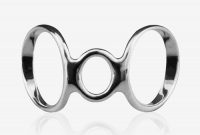
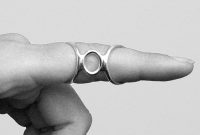
For Lateral Instability With Limited Range of Motion
Use the SilverRing™ Boutonniere and SilverRing™ Long Boutonniere Splints, worn with the spacer on the side of the joint, to provide the greatest leverage for correcting joint deviation. Order these splints when flexion of the joint is limited to less than 45 degrees, but not for a finger, which has full active flexion since the splint will rotate. The SilverRing™ Long Boutonniere Splint is designed exclusively for the PIP joint because of its overall length. The SilverRing™ Boutonniere Splint, being shorter, can be used on the DIP joint, the PIP joint of a short finger or the IP joint of the thumb.
Shop for Boutonniere Splints >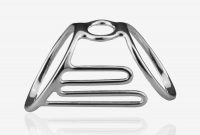
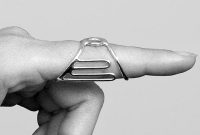
For Lateral Instability With Limited Extension
Use the SilverRing™ Boutonniere Lateral Support Splint to provide extension mobilization and correction of lateral deviation. The lateral support, which is the fulcrum point of the splint, is always placed on the side opposite the direction the finger is deviating. If the finger is bilaterally unstable, request a splint with support on both sides.
Shop for Boutonniere Lateral Support Splints >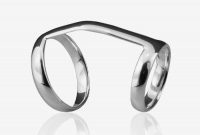
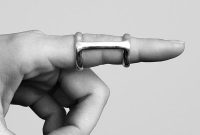
For Lateral Instability Greater than 25°
Use the SilverRing™ Dorsal Extension Splint (DOE) to correct deviation at PIP joint greater than 25° (but less than 50º) with the bar worn on the side of the joint. The Dorsal Extension Splint is a Special Order Splint so please call for fitting instructions. We are happy to make modifications to assist with the custom fit but Special Order splints may not be returned for refund, credit or exchange.
If contracture is greater than 50° a hinged ring can be used for the proximal ring of the DOE splint. A hinged ring is needed to allow the splint to be worn. Please call for more information.
Shop for Dorsal Extension Splints >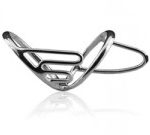
Distal Extension
When additional leverage is needed to correct deviation, use an extension added to the distal ring of the SilverRing™ Lateral Support Splint. After initial fit verification, the distal extension is added on the same side that the finger is deviating. Note that the distal extension is not meant to extend out to correct deviation of the DIP joint.
Shop for Distal Extensions >